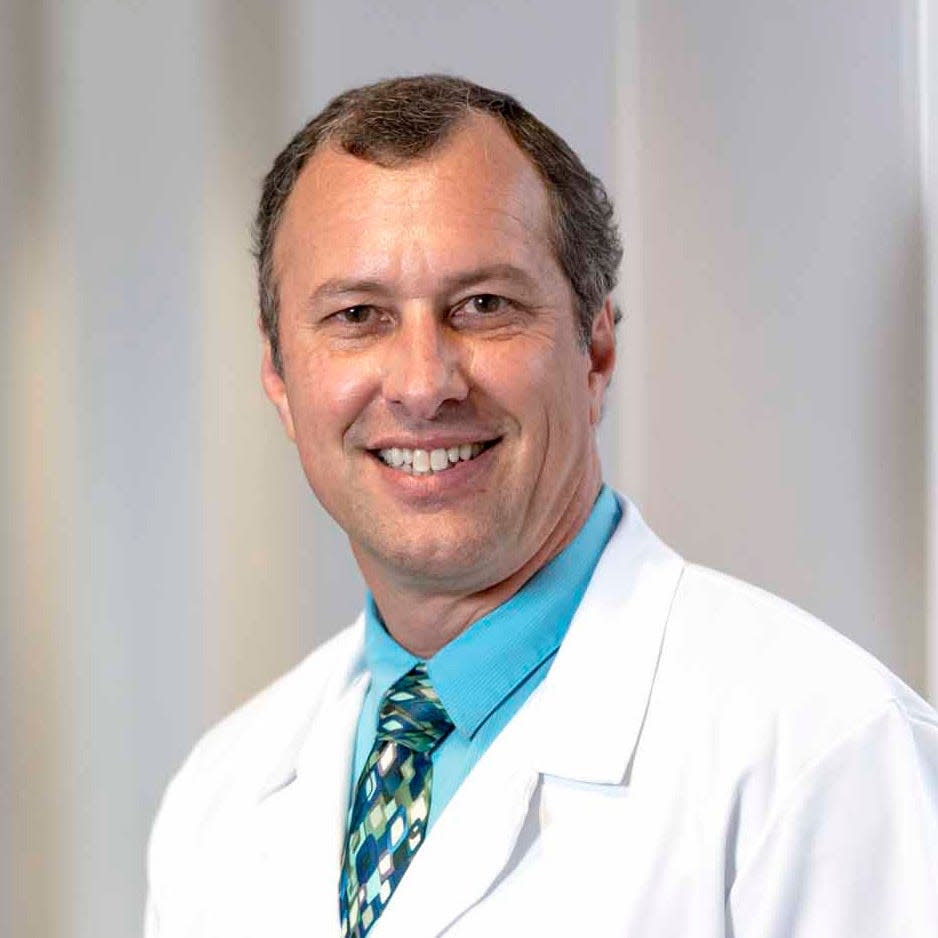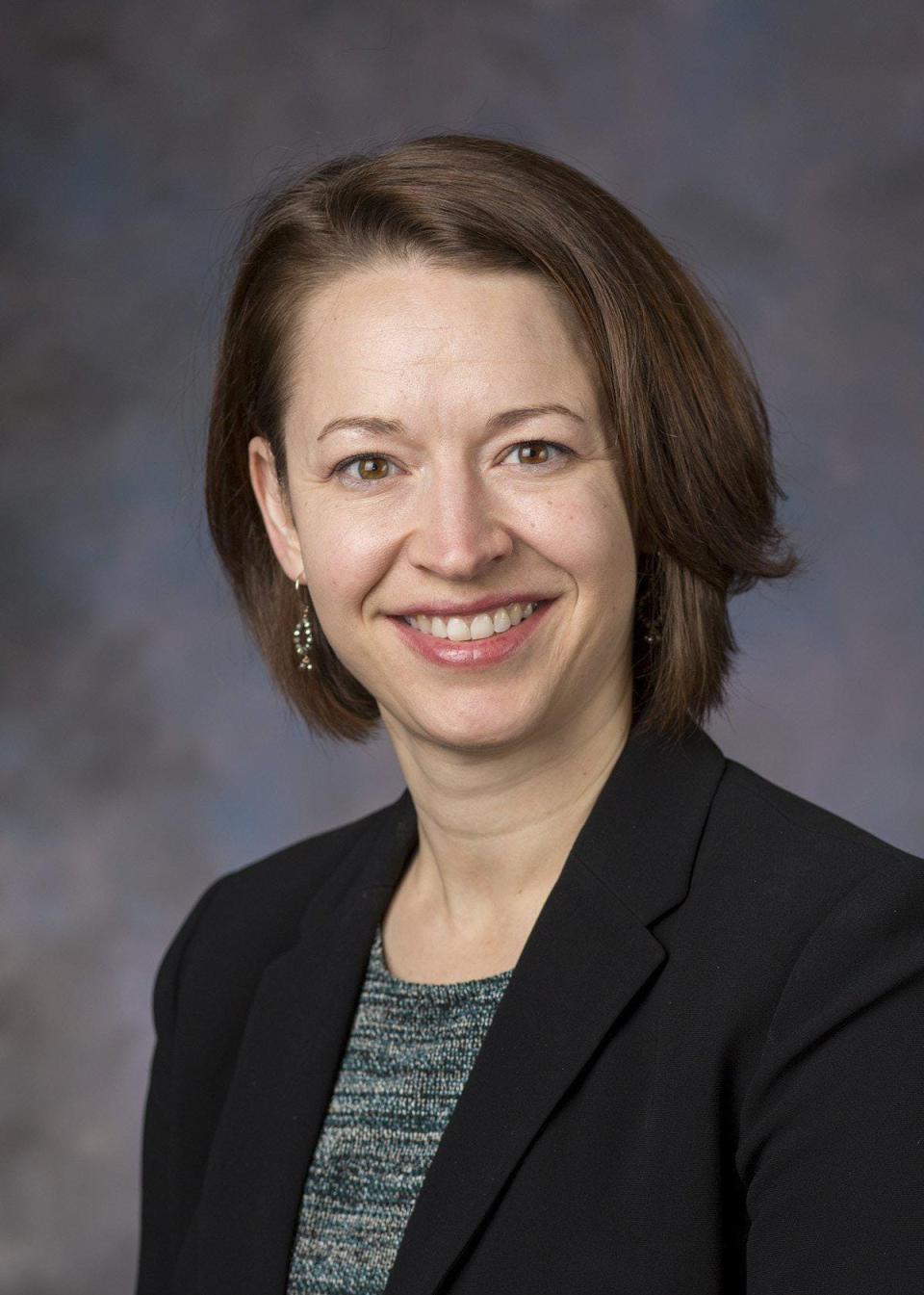Pediatric research: Natural killer cells offer new approach to cancer care
When a cancerous cell develops in a body, most of the time, the immune system springs into action to destroy it before it can find a foothold and become a problem. One of the immune cells that is especially good at this task is the natural killer (NK) cell.
Right now, NK cells are on patrol in your body bumping into cells and checking them for signs of infection, cancer or stress. When the NK cell finds a cell that appears unwell, it goes into attack mode and releases toxic particles that get inside and kill the target cell.
Cancer care in Greater Columbus: Mount Carmel, OSU James Cancer Hospital partner to expand care options in Grove City
But what happens when despite our immune systems’ best efforts, cancer does form? Could NK cells be the key to new treatments for patients with cancer?
For a long time, using NK cells to help children and adults with cancer was something of a dream. Getting enough NK cells from a matched donor was difficult at best. And there wasn’t an efficient way to grow NK cells in the lab.

That all changed when Dr. Dean Lee, who was an early career scientist in Texas at the time, developed a way to grow NK cells in the lab. His discovery, like many great advances in science, came when he was trying to achieve something else entirely. However, rather than scrap the experiment, he shifted his focus and kept investigating NK cell growth.
Now, Dr. Lee is the director of the Cellular Therapy and Cancer Immunology Program at Nationwide Children’s Hospital and The Ohio State University Comprehensive Cancer Center – Arthur G. James Cancer Hospital and Richard J. Solove Research Institute. Among his many projects, he’s currently leading a first-ever-in-children clinical trial to see if NK cells can improve outcomes for high-risk cancers such as acute myeloid leukemia (AML).
Stefanie Spielman's 'lost' book: New children's book helps parents explain cancer to young kids
Children with AML receive treatments, including chemotherapy and radiation, that damage the immune system. Sometimes, they need treatments that require immune suppression for months. It is during this period that risk for infection and relapse is highest, because the immune cells aren’t there to do their job. But, if researchers infuse patients with NK cells during this period, the cells might be able to help fight off infection and cancer relapse until the natural immune system recovers to take over.
One of the challenges of this method is that the NK cells must be derived from a matched donor for each patient. Once a donor is found, the cells are collected, multiplied in a lab and given to the patient. The whole process takes a couple of weeks, if you have a matched donor handy.

To overcome the obstacles of time and donor matching, Dr. Lee is also working with Be the Match, a nonprofit registry that helps match bone marrow and stem cell donors with patients, to find a universal donor for NK cells. According to his research so far, some people are “super donors” when it comes to NK cells. Their donated cells grow faster, are more potent and offer efficient responses to cancer and infection.
If these super donors’ NK cells can be cryopreserved, banked and given to patients as an “off-the-shelf” therapy, patients who would benefit from receiving NK cells would not wait weeks, but just hours.
Abbie Roth is managing editor of Pediatrics Nationwide and Science Communication at Nationwide Children's Hospital.
Abbie.Roth@nationwidechildrens.org
This article originally appeared on The Columbus Dispatch: New research point to possible aid to cancer treatment in kids

